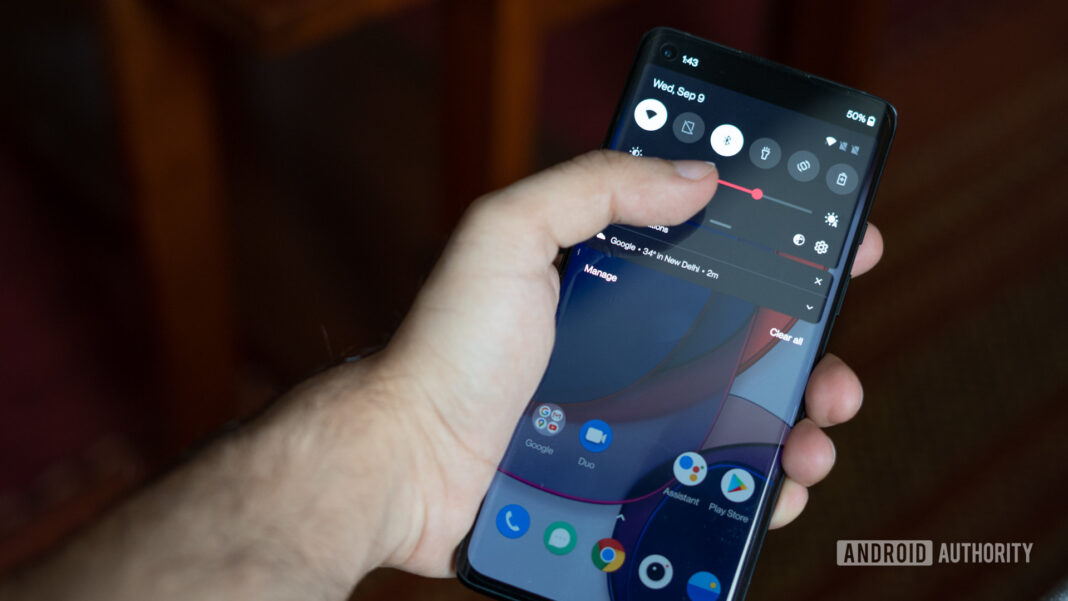Adaptive brightness is a useful feature on old and new Android devices that, as the name suggests, automatically adjusts the brightness levels of your display based on the environmental lighting. Moreover, it will learn from your habits whenever you tweak the brightness slider manually so that it adapts more accurately to your liking. Not only can the feature save you time, but also improves battery life. Here’s everything you need to know about Adaptive brightness on Android so you can always see your screen.
Read more: How to adjust the brightness of your Fitbit
THE SHORT ANSWER
Adaptive brightness is an Android feature that adjusts your display’s brightness levels based on the surrounding lighting and your preferences. It uses the ambient light sensor and machine learning to make these adjustments for you automatically.
KEY SECTIONS
What is Android Adaptive brightness, and how does it work?
Adaptive Brightness was the successor to Automatic Brightness, released with Android Pie. Automatic Brightness suffered a few faults. For instance, manual adjustments often yielded better battery life and more suitable brightness levels for people. Automatic brightness made significant improvements by implementing machine learning algorithms. This means that your Android system can now learn your preferred settings over time. Moving the brightness slider during the day or night will train the phone to understand the desired display brightness in your typical lighting conditions. Ideally, you should gradually use the slider less and less until you no longer need to touch it.
Using an ambient light sensor, your Android can automatically adjust the brightness of the screen based on your liking.
So how does Adaptive brightness work? Android smartphones are equipped with ambient light sensors near the front-facing camera. Essentially, it is a simple photodiode. When light falls on it, a current is produced, and the intensity of the current helps the processor adjust the screen’s brightness. The higher the luminous intensity, the higher the current. So when you turn on Adaptive brightness, the Android software will automatically increase the screen’s brightness to suit your surroundings. You can actually test this for yourself by covering the top portion of your phone with your hand. If your sensor is working, the screen brightness will dampen.
How to turn Adaptive brightness on or off
You can find the Adaptive brightness option in your Display settings. Simply hit the toggle to turn it on or off.
You might also consider enabling the adaptive eye comfort shield to help reduce the amount of blue light your screen emits to help improve your sleep quality.
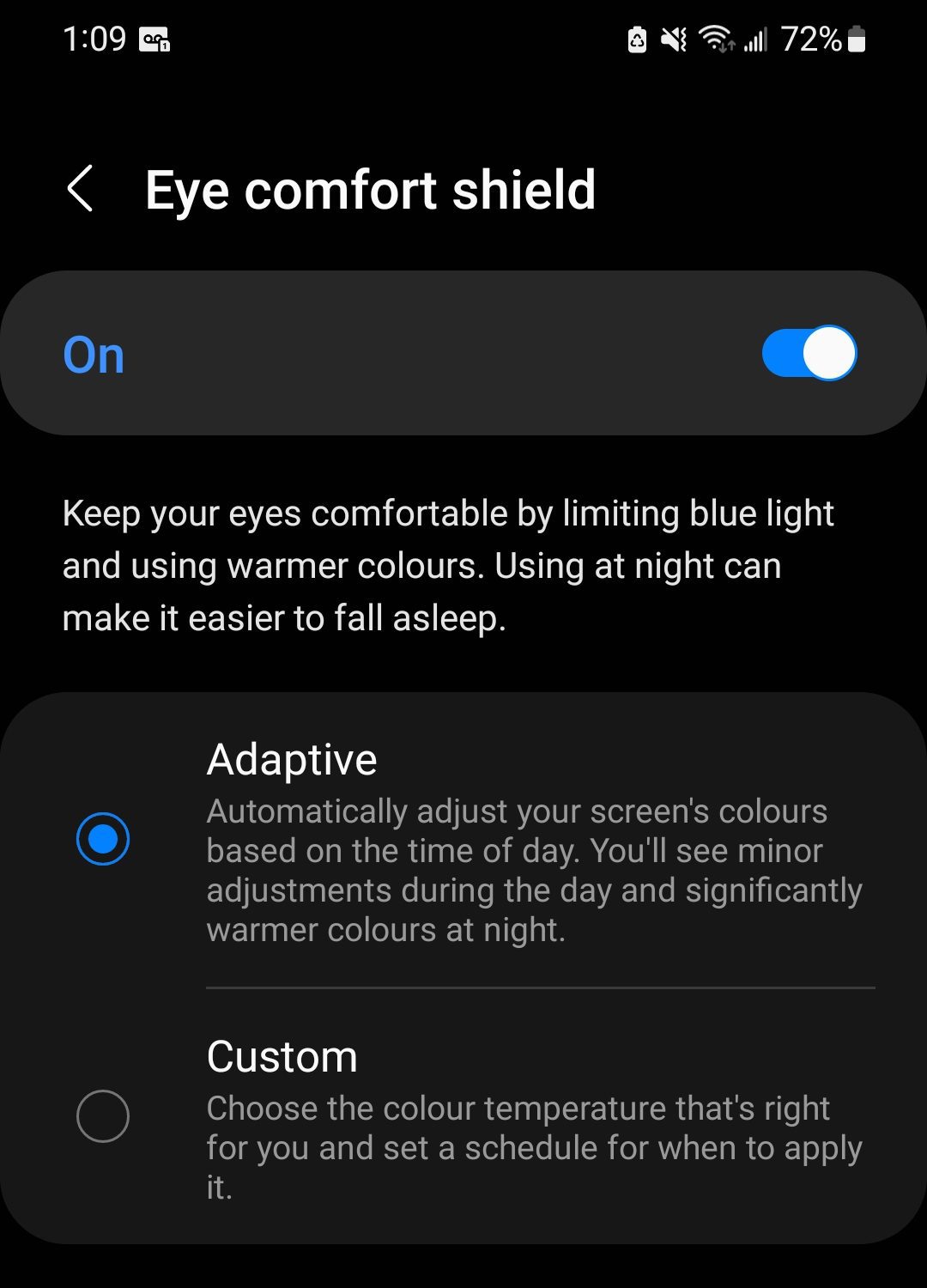
Adam Birney / Android Authority
How to reset Adaptive brightness on your Android device
Because adaptive brightness relies on machine learning, it takes time to properly dial in your device’s settings, and it doesn’t always get it right. If you find the brightness isn’t adapting appropriately or is changing randomly and doesn’t recalibrate after a few days, restoring the feature to its factory default state can be the best method to set it straight. Follow the steps below to do so:
Open the Settings app and navigate to Apps. Then, scroll down to select Digital Health Services.
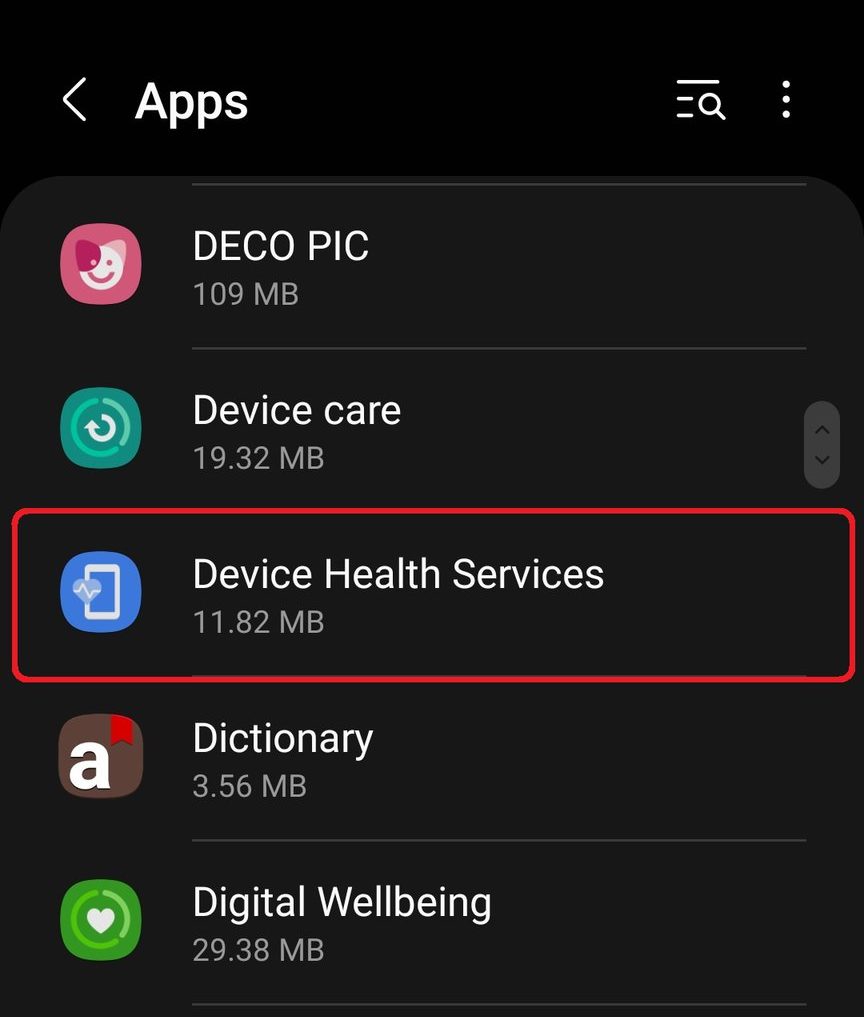
Adam Birney / Android Authority
Select Storage under the Usage section in App Info.
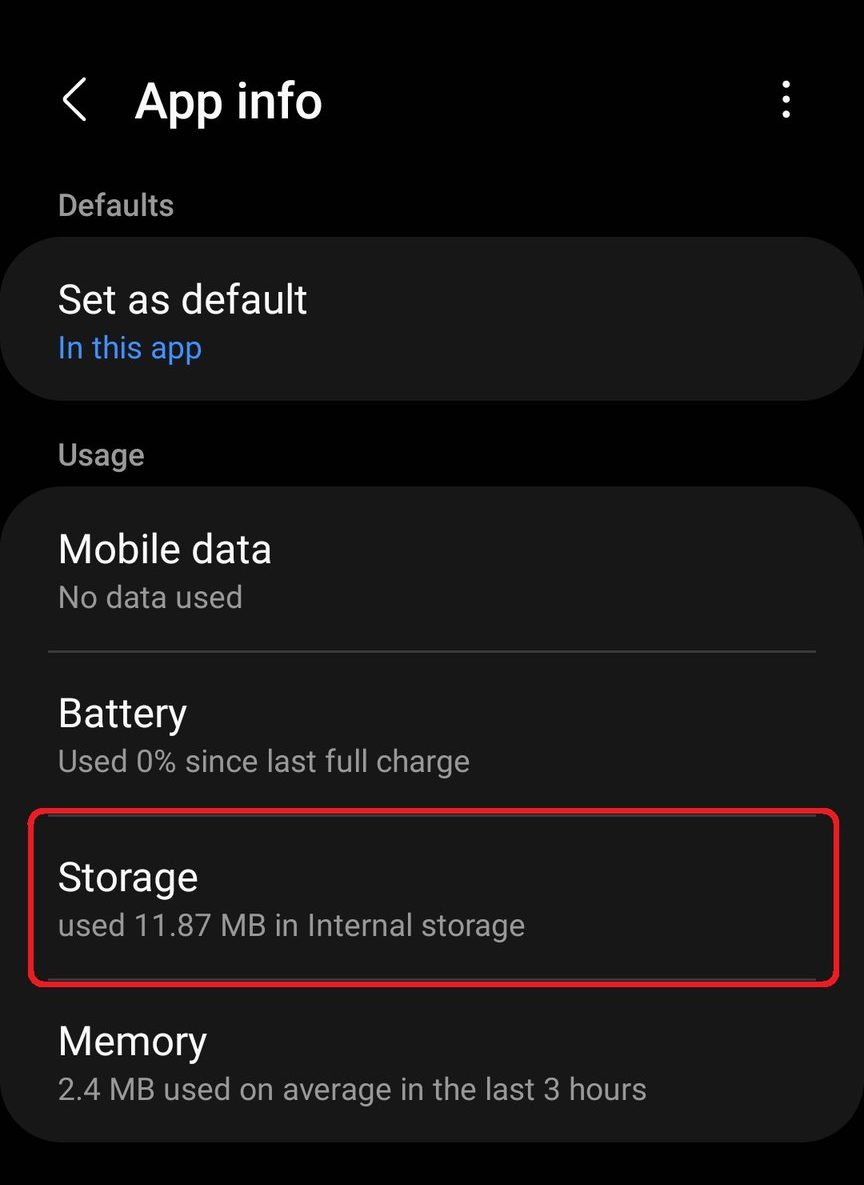
Adam Birney / Android Authority
Then select Manage storage at the bottom left of the screen.
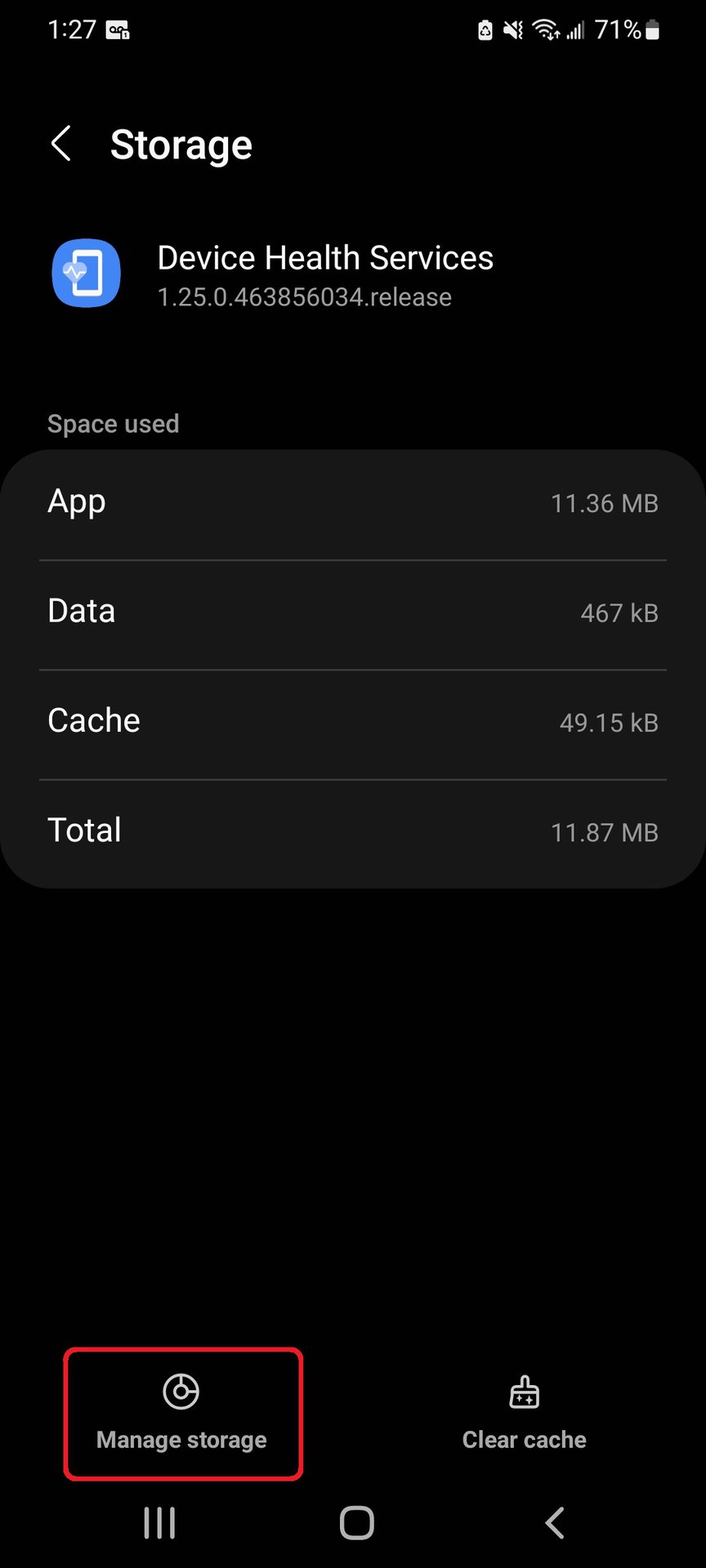
Adam Birney / Android Authority
Lastly, tap the Reset adaptive brightness button. Note that on Samsung devices, you will only have the option to Clear all data.
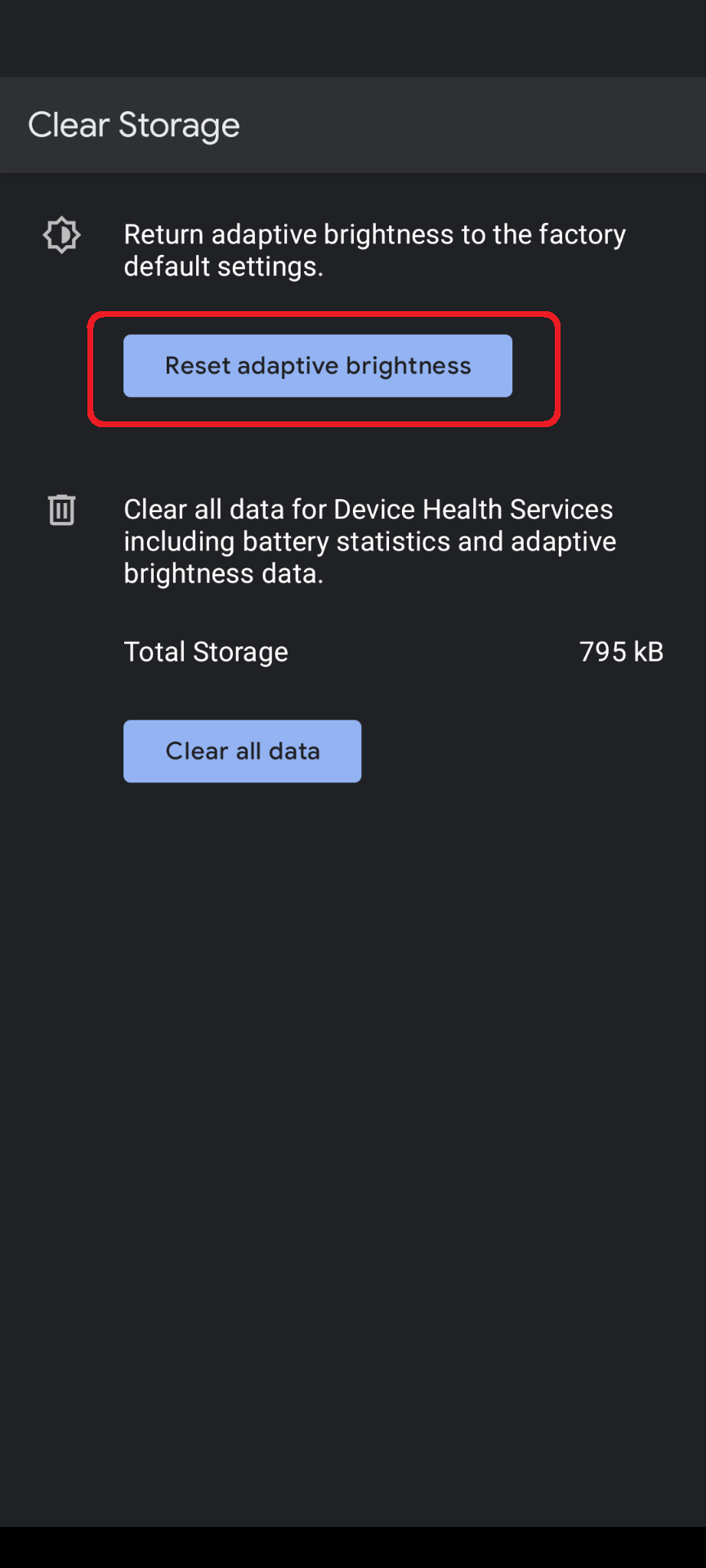
Adam Birney / Android Authority
FAQs
Navigate to your device’s Display settings and tap the toggle to turn off Adaptive brightness.
When Adaptive brightness is enabled, your display’s brightness levels automatically adjust based on the lighting. The feature also learns from your manual brightness adjustments to better gauge your preferences.
If you are having problems with Adaptive brightness, try resetting the feature. To do so, navigate to Settings -> Apps -> Device Health Services and select Storage -> Manage storage. You will then see the option to reset the adaptive brightness.
